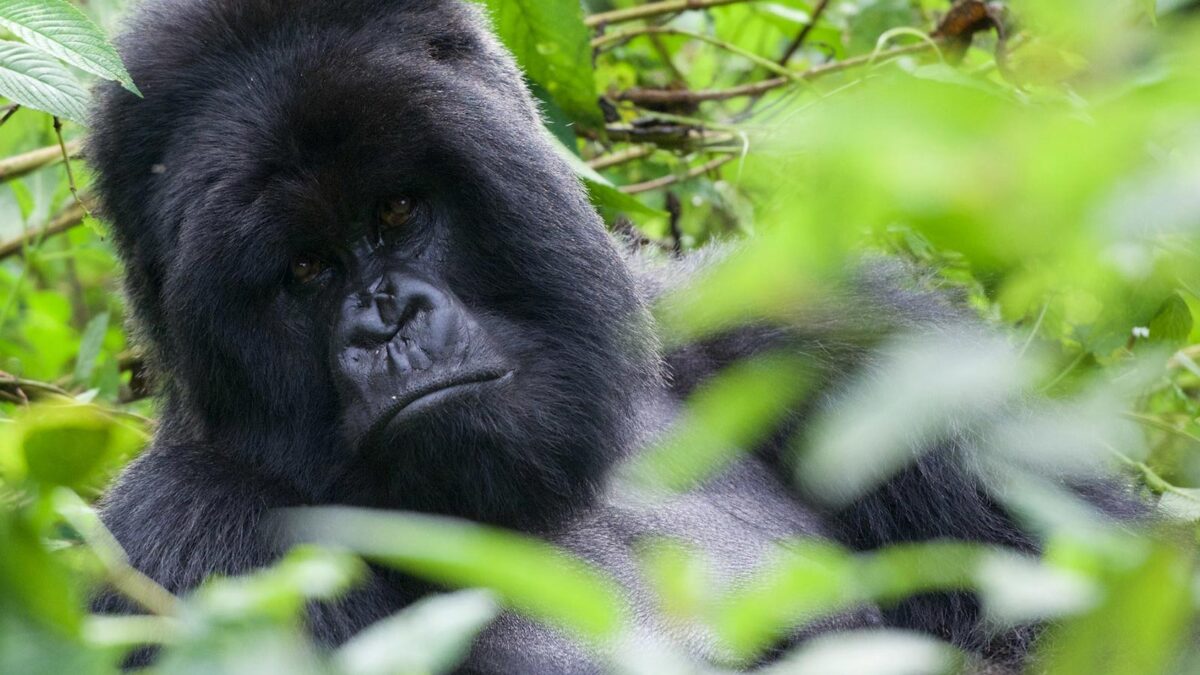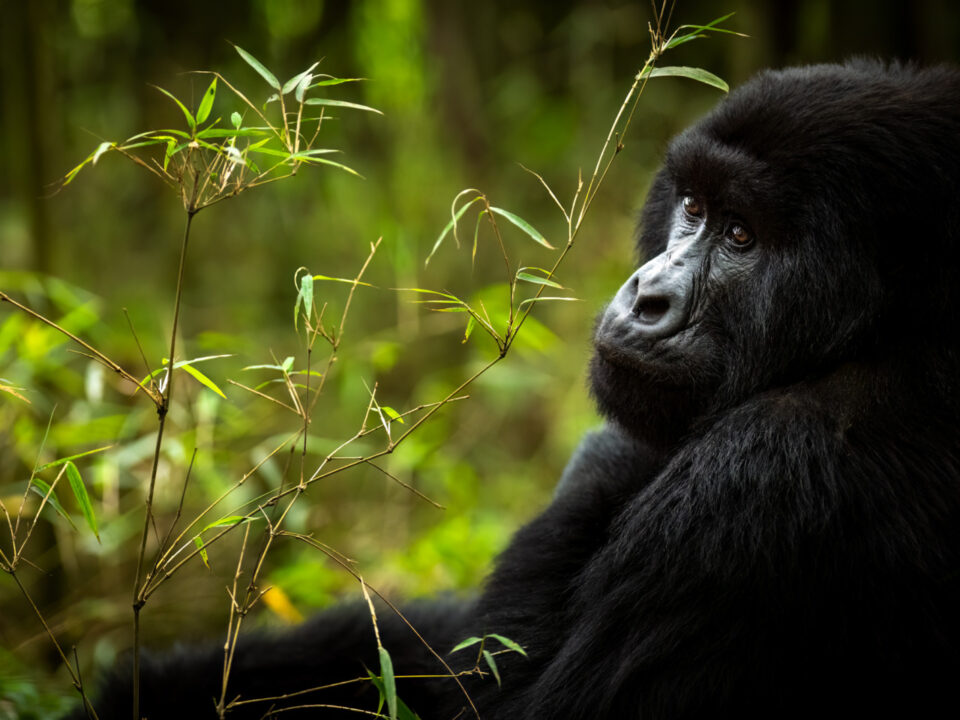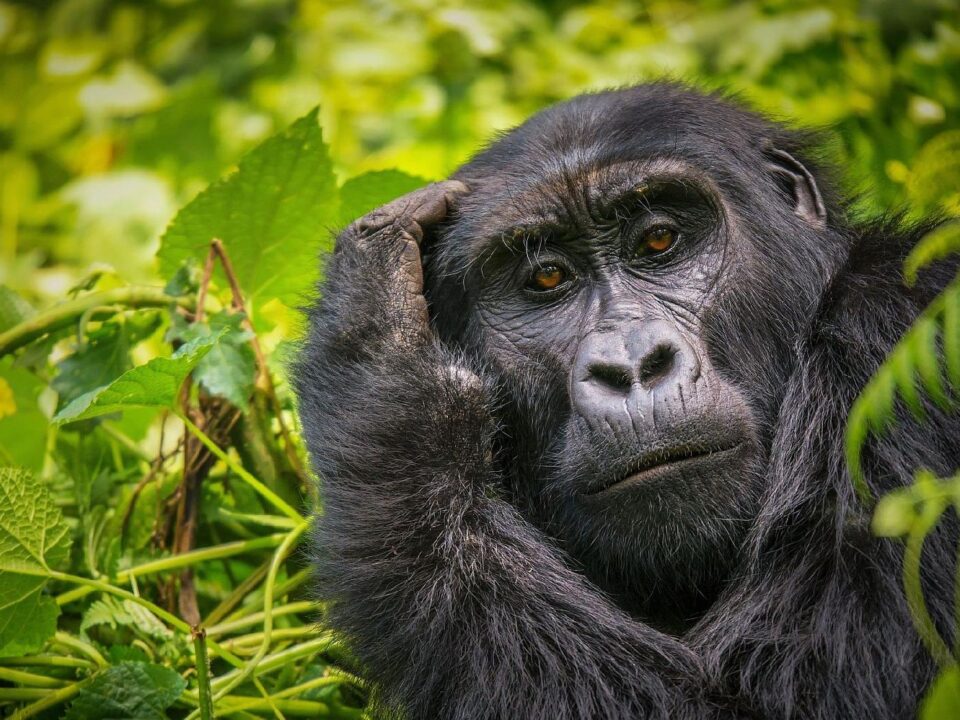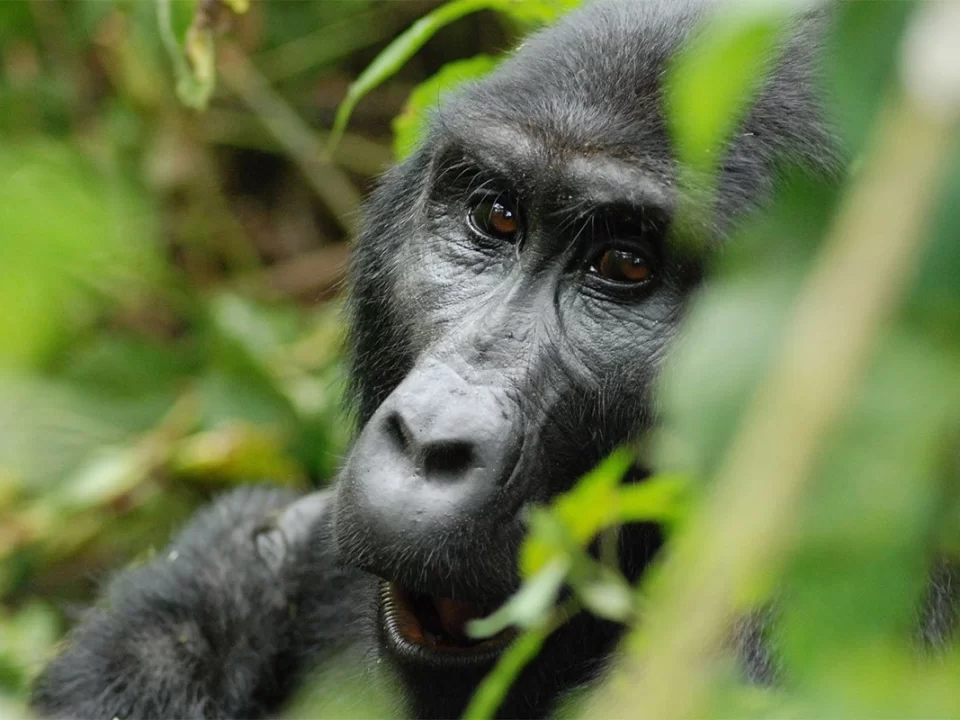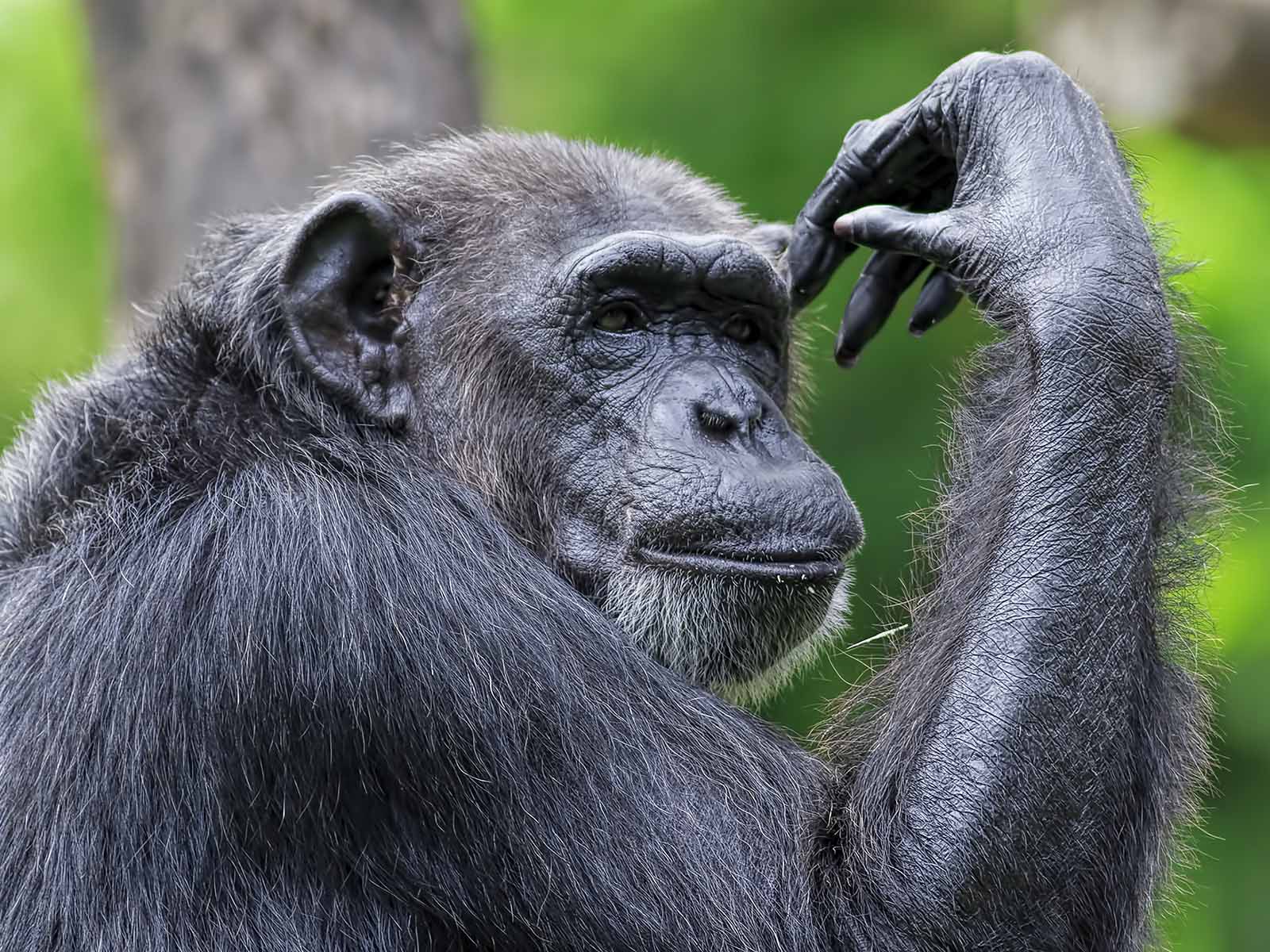
Chimpanzee Tracking in Kibale Forest National Park
July 25, 2023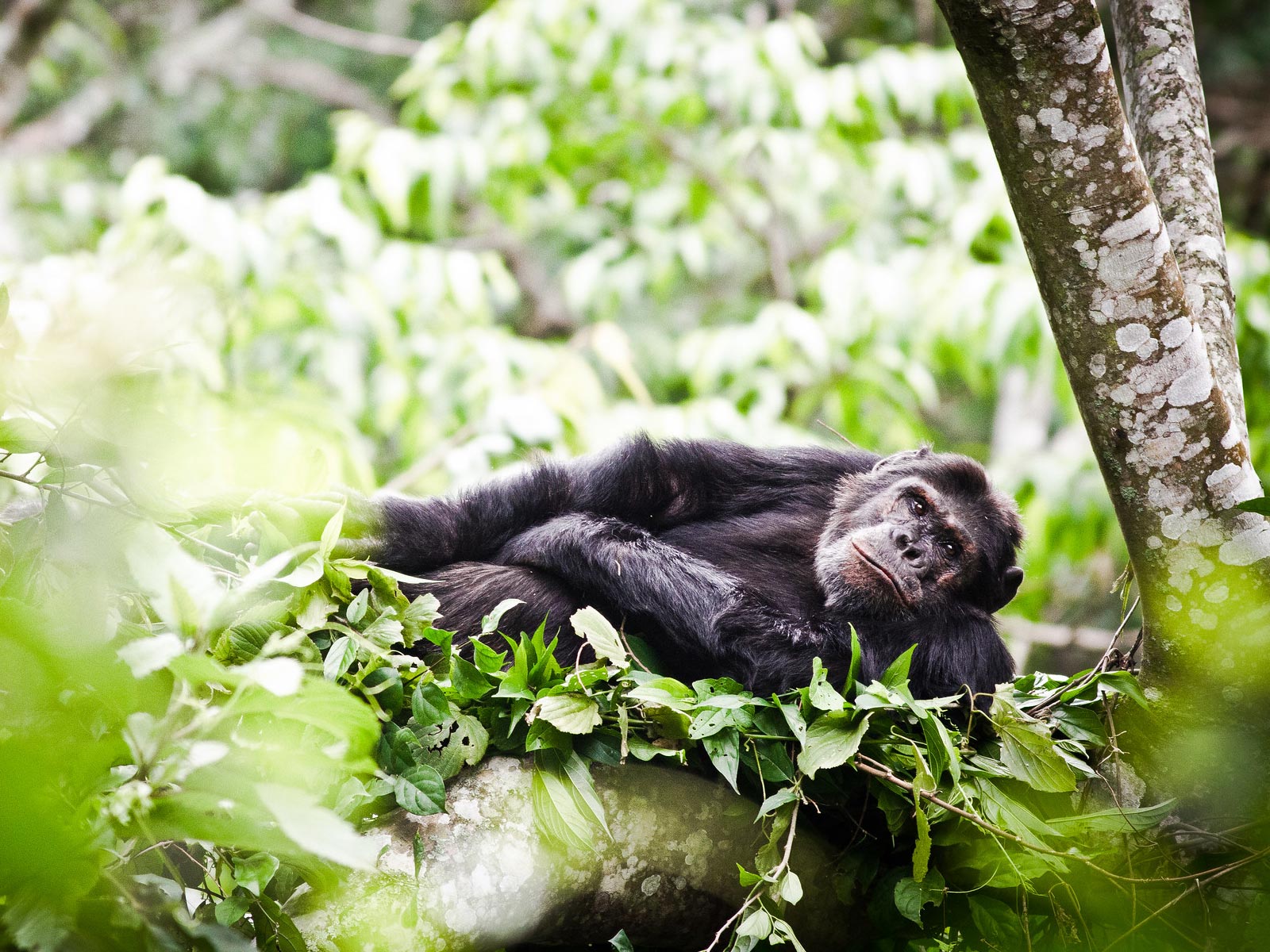
Compare Nyungwe and Kibale For Chimp Trekking
July 25, 2023Mountain Gorilla Trekking in Volcanoes National Park, Rwanda
Volcanoes National Park, also known as Parc National Des Volcans, is a pristine wilderness located in the high-altitude northwest region of Rwanda within the Virunga mountain range. Covering an area of 160 square kilometers (62 square miles), the park is renowned for its remarkable dormant volcanic mountains, including Karisimbi (4507m), Bisoke (3696m), Muhabura (4127m), Gahinga (3473m), and Sabinyo (3669m). It shares international borders with Mgahinga Gorilla National Park in Uganda and Virunga National Park in the Democratic Republic of the Congo (DR Congo). Volcanoes National Park played a significant role in the conservation of mountain gorillas, as it was formerly part of Albert National Park, the first national park established in Africa in 1925.
Natural Environment
The park’s unique combination of high altitude and altitudinal rainfall, along with volcanic soils rich in nutrients, supports a lush and diverse vegetation landscape. Bamboo, lobelia, meadow, thicket, and montane forests dominate the terrain, while lower valleys feature swamp, lilies, and wetland vegetation. These favorable natural conditions provide an ideal habitat for the survival and existence of the endangered Mountain gorillas. Aside from the majestic gorillas, the park is home to a variety of other wildlife species, including the Golden monkey, elephants, buffalo, bushbuck, bush pig, duiker, forest hogs, spotted hyenas, over 200 bird species, reptiles, insects, and more.
Mountain Gorilla Species
Mountain gorillas (Gorilla beringei beringei) are a sub-species of Eastern Gorillas, which inhabit the rainforests of East and Central Africa. These remarkable creatures have been categorized as “Endangered” by international researchers. They are characterized by their forward-looking heads, high sense of reasoning and judgment, shaggy body hair, and the absence of a tail. Adult male Mountain gorillas typically weigh between 397 to 485 pounds, while females weigh an average of 197 to 260 pounds. Their thick, dark, and shaggy body fur serves as a crucial tool for thermal regulation, helping them absorb heat from the sun and retain warmth in colder temperatures.
Organizational Structure
Mountain gorillas are highly social creatures, living in groups or families of related individuals. Each family is led by an adult male known as a “silverback,” distinguished by the whitish band of body fur that develops on its back due to aging. The silverback may not necessarily be the oldest or strongest in the group, but they possess a high degree of forming coalitions, mobilizing the family, influencing group decisions, and accurate judgment. These families have well-defined home ranges, areas assumed to be secure with ample resources for the entire group. The silverback ensures the security and discipline of the family, determines activities, and guides their movements. Rivalries for dominance and succession can lead to internal conflicts, splinter groups, and family divisions. The losing group may form a new family with its own home range while enticing some members from the old family to join.
Diet
Mountain gorillas are omnivores with a primarily vegetarian diet. They spend much of their day browsing on fresh vegetation, such as bamboo shoots, bananas, moss, ferns, passion fruits, berries, tree barks, fruits, flowers, seeds, peas, nuts, and root tubers. Additionally, they supplement their diet with insects, including termites and honey, as well as small animals like rodents, snails, fish, and even other primates and birds for meat.
Habitat
Mountain gorillas are restricted to the natural forested habitat of tropical Africa, which lies at altitudes between 2000m to 3600m above sea level. The area must receive substantial rainfall, experience cool temperatures, and enjoy a suitable amount of sunshine to support continuous plant growth and regeneration, satisfying the gorillas’ substantial appetite. Such natural conditions are found only in the Virunga volcanic massif, which includes Volcanoes National Park in Rwanda, Virunga National Park in DR Congo, and Mgahinga Gorilla National Park in Uganda. Bwindi Impenetrable National Park in Uganda also shares similar natural conditions and hosts more than half of the world’s Mountain gorilla population.
Threats to Mountain Gorillas
Unfortunately, human activities pose the most significant threat to the lives and survival of Mountain gorillas. Their habitat faces encroachment due to human settlements, agricultural cultivation, commercial agriculture, forest logging, timber harvesting, and infrastructure development like hotels, housing, and roads. Additionally, scientific researchers, tourists, and park rangers may unintentionally disturb gorilla habitats. Poachers also pose a danger, as they hunt gorillas for their body parts or set traps intended for other animals, accidentally injuring the gorillas. Local communities, unless sensitized, may also pose a threat by hunting or poisoning gorillas that encroach on their crop gardens or livestock areas.
Mountain Gorilla Trekking Safari
Mountain gorilla trekking is a thrilling field expedition, led by experienced ranger guides, into the mountains covered in dense rainforest vegetation, in search of pre-determined families of Mountain gorillas. There are ten mountain gorilla groups, comprising more than 200 individual members, available for trekking in Rwanda. Rangers locate gorilla sites based on factors such as home range, last sighting, last nesting, audible calls, fresh footprints and trails, fecal and body waste droppings, fresh fruit or food droppings, broken vegetation, fruiting seasons, and repeating seasonal sightings. Trekking is well-regulated to ensure the gorillas’ well-being and to minimize human impact on their natural habitat.
Mountain Gorilla Trek Regulations
To participate in a mountain gorilla trekking expedition, visitors should procure and confirm their trekking permit with a trusted travel agency in advance. The interaction with Mountain gorillas is restricted to one group of eight visitors per day, with a maximum of one hour spent with the gorillas, depending on the prevailing circumstances. During the trek, visitors must stay together as a group and maintain a distance of 8 meters from the gorillas. Flash photography and GPS usage are prohibited in close proximity to the gorillas to avoid disturbing them. Visitors are encouraged to carry only essential items, and porters are available to assist those unable to carry their packs. Littering is strictly prohibited, and visitors are required to take all their waste back with them for proper disposal.
What to Wear and Pack
Appropriate clothing and gear are essential for a successful gorilla trekking experience. Recommended attire includes body-fitting safari trousers in khaki, jeans, or track suits, along with long-sleeved tops or blouses in dull eco-friendly colors. Sturdy, water-resistant hiking shoes or rubber boots, strong stockings, a poncho or rain gear, garden hand gloves, and a round hat, cap, or headscarf are also advised. Visitors should carry essential items such as a backpack, binoculars, camera, insect repellent, sunscreen, a lunch box with light, energizing snacks, a water bottle, a simple first aid kit, a field guidebook, a waist bag, a map, and a change of clothing. A walking stick may also be useful and can be improvised at the trekking assembly point.
Best time to go for Gorilla Trekking
The peak season for mountain gorilla trekking occurs in January, February, June, July, August, September, and December. On the other hand, the low season is from March to May and October to November.
Other Tourism Activities
Apart from mountain gorilla trekking, Volcanoes National Park offers a range of other exciting activities for tourists. These include Golden monkey tracking, bird watching, hiking safaris, Gorilla Guardians’ village tour, nature walks, Kwita izina ceremony, and boat cruises on nearby Lake Kivu.
Accommodation and Accessibility
There are various accommodation options surrounding Volcanoes National Park, catering to travelers of different preferences and budgets. Some recommended lodges include Bisate Lodge, Virunga Lodge, Sabyinyo Silverback Lodge, Mountain Gorilla View Lodge, Gorilla Volcanoes Lodge, Le Palme Hotel, Le Bambou Gorilla Lodge, Muhabura Hotel, Kinigi Guest House, and accommodations in the nearby towns of Musanze and Kisoro.
The park is accessible via a smooth road from Kigali International Airport and Kigali City, taking approximately 2.30 hours’ drive to reach Kinigi, the park’s main entrance. Private travel is recommended, but public transport options are available from Kigali to Musanze town or Kyanika border point to Uganda. For clients with more extensive travel budgets or seeking convenience, charter helicopter flights to Kinigi are possible.
Conclusion
Mountain gorilla trekking in Volcanoes National Park is a life-changing experience that offers a rare opportunity to witness these magnificent creatures in their natural habitat. However, the experience does not end with gorilla trekking; visitors can explore a plethora of other activities and attractions, including golden monkey tracking, bird watching, hiking safaris, cultural experiences, nature walks, and more. With proper regulations and responsible tourism practices, Rwanda has become a model for wildlife conservation, ensuring the continued survival of the critically endangered Mountain gorillas.

